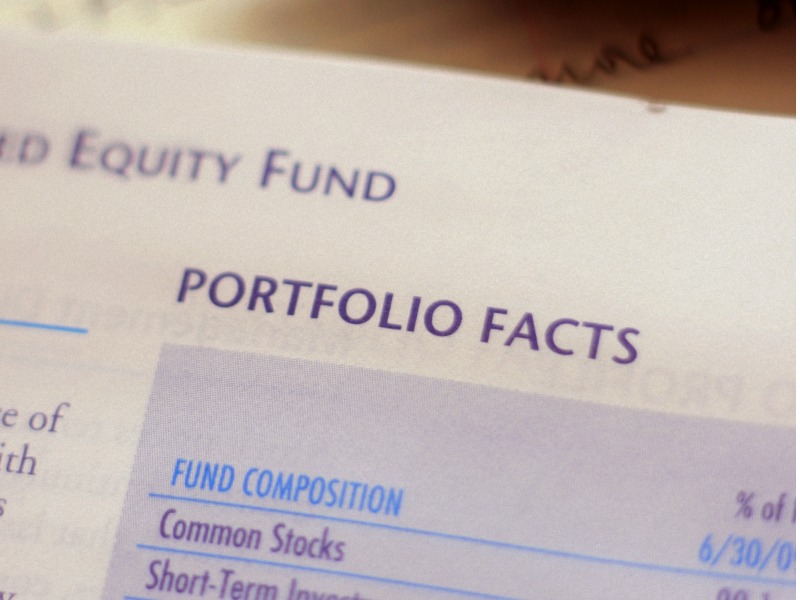
Given the growth of, and innovation in, the ETF sector over the past 10 years, and having faced periods of heightened market stress, global securities regulators published new guidance on the regulation of ETFs.
In a new report, the International Organization of Securities Commissions (IOSCO) detailed a set of best practices for ETF regulation, and called on regulators, industry firms and trading venues around the world to adopt these practices in the ETF sector.
The new guidance followed a review of ETF markets, which found that the existing global principles for ETF regulation — which cover a range of subjects, such as disclosure, portfolio transparency, costs, risks, strategies, structuring issues and conflicts of interest — are still appropriate.
“No major gaps have been identified, and no major regulatory issues were reported by IOSCO members or industry participants,” the report noted.
Yet, the industry has evolved since those principles were crafted in 2013, including the development of “new products with exposures to less liquid and more novel asset classes and more complex investment strategies,” it noted.
Additionally, the market has been through episodes of unusual volatility (during the Covid-19 pandemic) and other major events that have stressed the ETF sector.
“The ETF structure has generally remained resilient during historical stress events,” IOSCO said, noting that ETFs often have structural features that mitigate liquidity risks, and contribute to market pricing during times of stress.
At the same time, the regulators also found that during periods of market stress, and particularly during the heightened volatility that accompanied the pandemic, “some fixed income ETFs have displayed more significant or more persistent discounts and spreads.”
And, certain products — such as those that invest in less-diversified assets (commodity futures or volatility-based derivatives) or follow complex strategies (leveraged/inverse investing) — have “experienced more significant volatility and operational challenges during times of stress,” it noted.
As a result, given the evolution of markets and the ETF sector since the principles were adopted, IOSCO developed a set of best practices covering a variety of issues in product structure, disclosure, liquidity requirements, and volatility control mechanisms, which are intended to aid the implementation of the existing principles for ETF regulation.
“IOSCO has concluded that the ETF principles would benefit from being supported by a set of good practices identified in the course of the review,” it said.
“With the publication of these good practices, IOSCO ensures that its policy framework for ETFs remains up-to-date, particularly in light of significant market developments since the publication of IOSCO’s ETF principles,” said Jean-Paul Servais, chair of the IOSCO board, in a release.